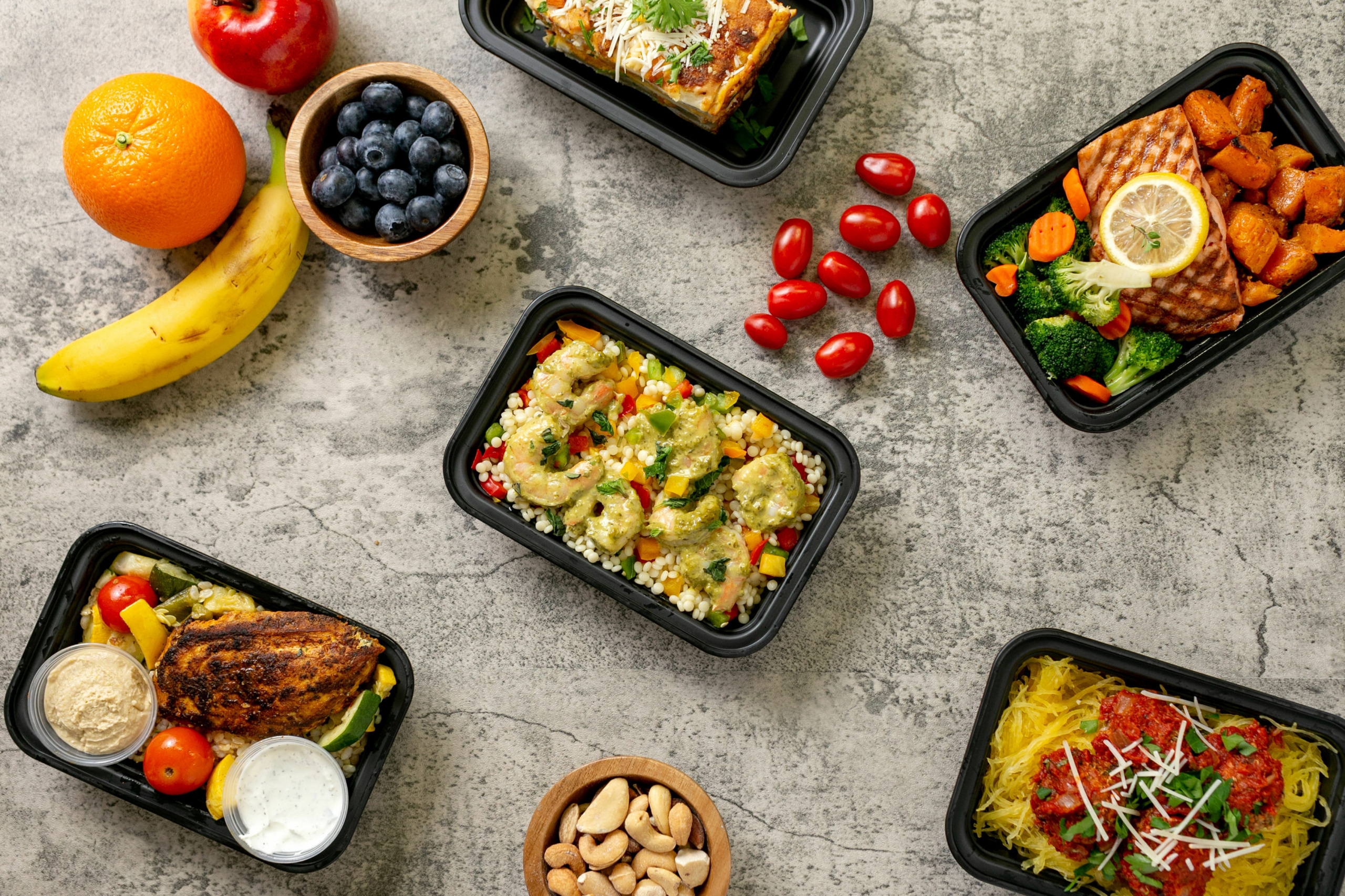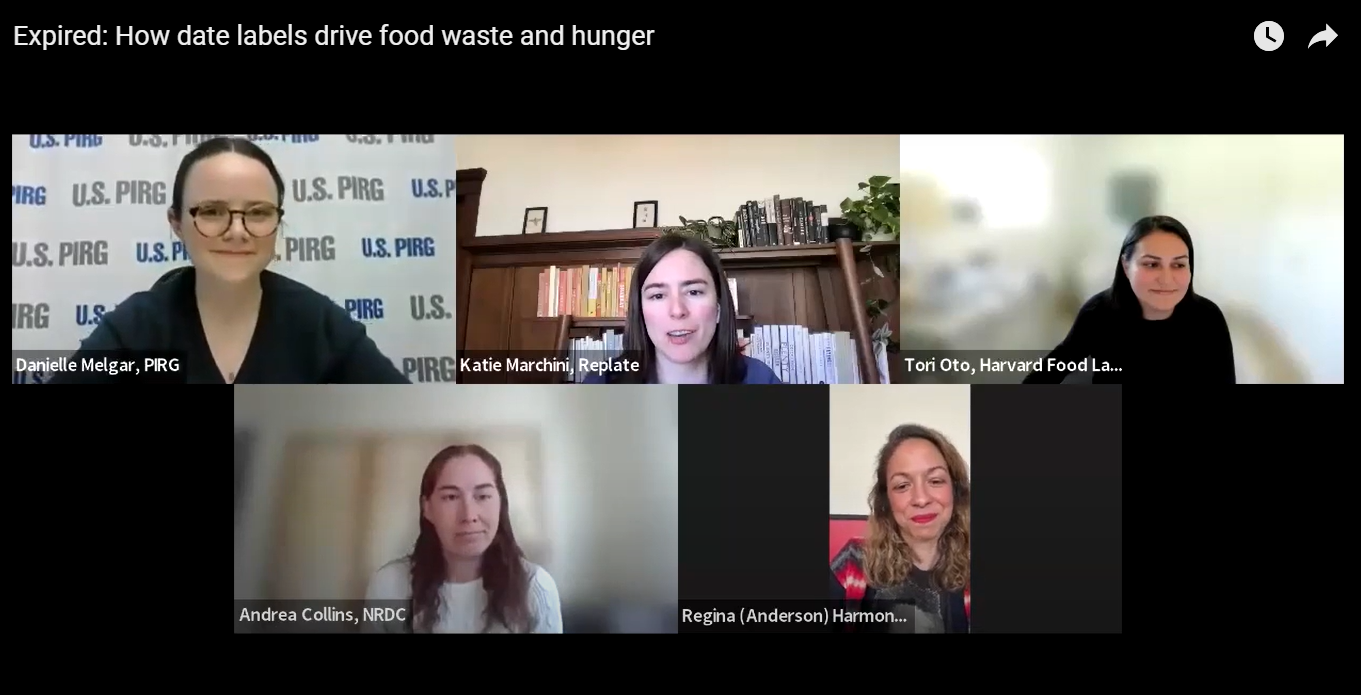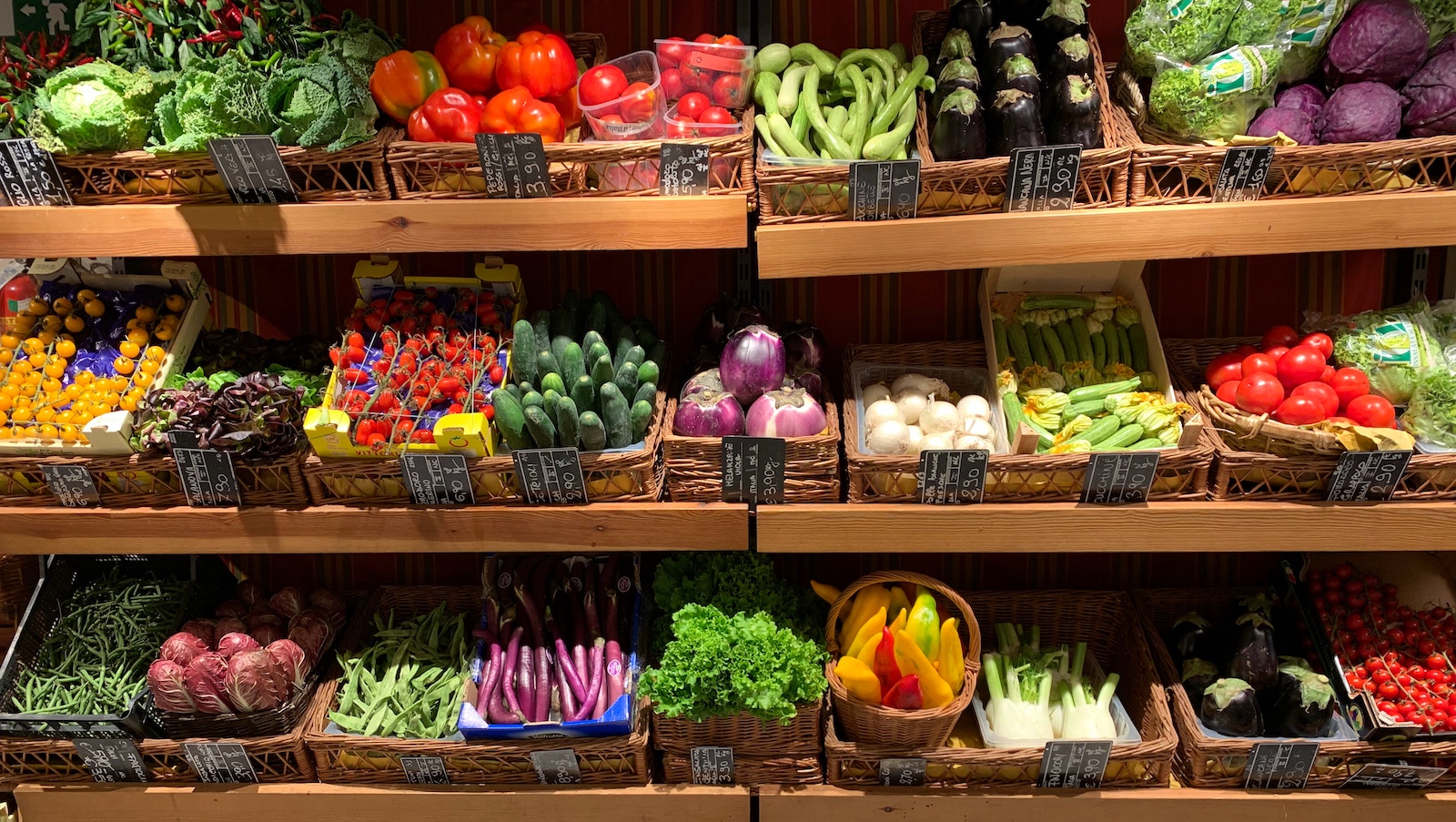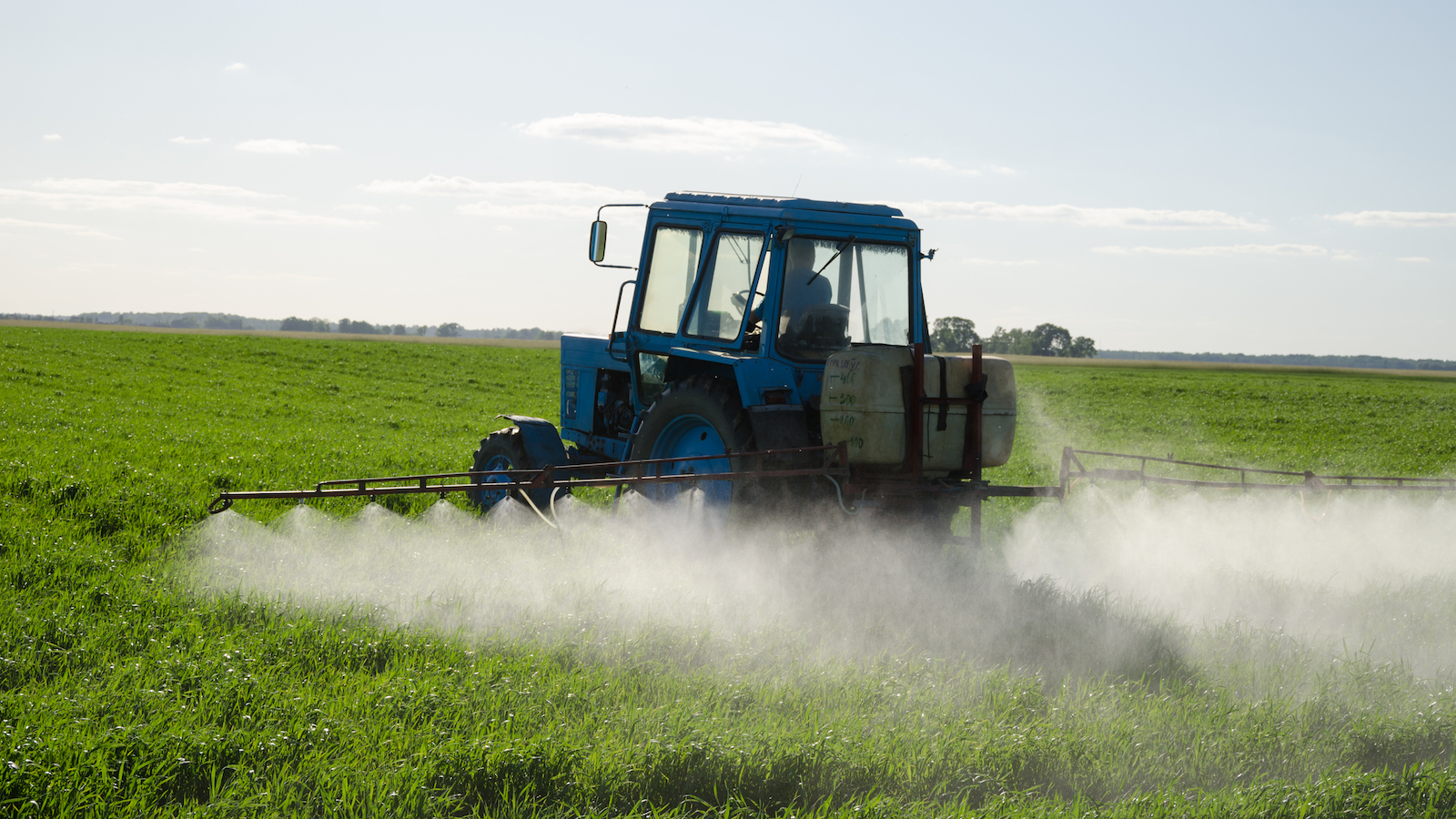
How to Save Food and Prevent Food Waste
We all play a role in creating food waste, so we can all be part of the solution.

An EPA report released last year found that 35% of the United States food supply gets wasted. This results in the annual greenhouse gas emissions equivalent to 42 coal-fired power plants, not counting the emissions after the food is landfilled. There are two main ways to cut food waste: food rescue (for example, delivering restaurant leftovers to homeless shelters instead of tossing them in the trash) and prevention (buying less or using up the food that’s in your fridge before it becomes waste).
While some environmental issues simply need to be tackled at the systemic level (an impassioned individual cannot suddenly roll out an electric bus fleet for their city all on their own), food waste is one that we can tackle at home: We all play a role in creating the problem. While a lot of waste happens before food ever reaches us, a 2020 study found that the average American household wastes 31.9% of its food each year. That’s the amount we can control.
What can you do to eliminate food waste?
Tip #1: Set a goal for cutting food waste. Several of these steps have to do with using psychology to help you reduce food waste. It’s important to start by making a mindset shift and setting a clear goal that you can stick to. You’ll be less likely to waste food if every time you’re tempted to slip into a wasteful, old habit you remind yourself of your goal.
Tip #2: Purchase less food. The best way to prevent food waste is to purchase only what you need. There are a couple approaches, and you need to know which one works for you.
Option 1: Make a meal plan. Whether you’re cooking for just yourself or for your whole family, it helps to know what you’re going to cook in a given week before you head to the grocery store. And instead of having something different for each meal, you can make it easy on yourself by cooking large quantities of food at a time. If you know you’re going to have salads for lunch, tacos for a couple dinners, a stir fry for a couple dinners, and grandma’s pot roast recipe this weekend, you’ll know exactly what you need to get at the grocery store and you’ll make sure to use up all the ingredients over the course of a week. Try the EPA’s tips to help you get started. This is great for busy professionals or students, parents or anyone else who doesn’t have a lot of time or energy to cook every day.
Option 2: Shop European style – every day. My partner cannot fathom predicting what he’s going to eat a full week in advance, so while I make a meal plan for our breakfasts and lunches, he pops out to the grocery store to get the ingredients we need for dinner most nights. This is great for those of us not raising kids or taking care of other family members, who are prone to cravings or get bored with a meal plan, who have some more time in the evening, or just really enjoy cooking each night. It’s also probably not an option for anyone not living in an urban center, with several grocery stores within walking distance.
Tip #3: Use the food you have. Once the food is in your house, make it a priority to use it. Here’s how:
Food prep. The biggest barrier to using up the food you have is typically time – if you get to the end of a long work day and you’re hungry for dinner but haven’t prepared anything, you might be tempted to get takeout. In the meantime, the food in your fridge gets a little less fresh. Save your wallet and your food by putting in some time to prep key ingredients or entire meals at the start of the week.
Organize your kitchen to make it easier for you to use up your food. I like to have fruit visible in my kitchen so I remember to grab an apple or clementine when I want a snack, rather than reaching for a non-perishable (and perhaps less healthy) item in my pantry. Another key organizational tip is to use the first-in-first-out (FIFO) method when putting food away in your fridge. Put the freshest, most recent purchases toward the back, and bring the older purchases to the front. This will help you prioritize eating the older items before they go bad.
Mix things up. Make swaps in your recipes to use what you have instead of buying more ingredients. My favorite swap? When I found out I was allergic to celery, I needed to find an alternative source of crunch in my favorite recipes. I always have carrots in my fridge, so I tossed them in my chickpea salad and ended up liking it better. You can do the same thing with most recipes out there. And if you can’t figure out a swap, just search “replacement for [ingredient]” and you’ll find lots of ideas online.
Use every part of your food. Too often we dispose of perfectly good parts of our food – stems, seeds, bones, etc – simply because we don’t know how to use those parts. FoodPrint has tons of ideas to help you get started saving your scraps from produce. And here’s a simple bone broth recipe to make your chicken dinner go further.
Saturdays are for stir fries, stews, salads, and smoothies. Every week, I inevitably end up with some ingredients that I didn’t get around to using. The easiest way to use them up without getting super inventive or buying more ingredients is to create a stir fry, stew, salad, or smoothie. Pretty much any fresh ingredient you have can be used up in one of these dishes.
Tip #4: Make your food last. If you’re eating a diverse diet and trying complicated dishes, you may not be able to use every single thing you buy at the grocery store in a given week, and that’s fine. Or if you live far from a grocery store or simply don’t have time to shop every week, you don’t need to settle for eating packaged, highly processed food. You just need to know how to make your food last a little longer to avoid waste.
Know how to store different foods to preserve freshness. The New York Times created a helpful chart detailing how to store some of the most common types of produce. Printing it off and sticking it on your fridge might help you keep track. The EPA has also put out its own helpful guide. And if you encounter a food item you’re not sure about, a quick internet search should fix that.
Know how to read labels. “Sell by,” “best by” and “use by” dates on labels are unnecessarily confusing. Bottomline: these dates don’t all mean that your food is unsafe to eat. Until this system gets better, here’s a guide to help you understand what these labels mean so you can avoid throwing out food that’s perfectly safe. The FoodKeeper app can also help you figure out how long food is safe to eat.
Know how to use up food that’s past its prime. Lots of food can still be used in creative ways even if the old you would have tossed it. Wilted kale or spinach might not be great for a salad, but it’s still perfectly good for any cooked dish or smoothie. Chop up stale bread and roast it to make croutons, or grind it down further into breadcrumbs instead of buying breadcrumbs at the store.
Freeze things you’re not going to use all at once. If you live alone and can never get through a loaf of bread on your own in a week, separate out what you’re going to use, and stick the rest of the loaf in the freezer. Soups and other foods that can be made in bulk also freeze well so you can easily reheat them for a quick meal later without committing to eating the same thing all week.
Tip #5: Share your food. If you have food that’s nearing the end of its edible life, invite a friend over for dinner, or throw all of your leftover veggies into one big stew and share it with your neighbor. If you’re going out of town and a friend is going to be house sitting, encourage them to help themselves to the food in your fridge rather than tossing it before you leave. Just make sure you’re not replacing your food waste with theirs – this only works if it saves them a trip to the store.
Finally, compost what you can. Even when we’re being conscious about food waste, we’re not perfect. And some food scraps are just that: inedible scraps. That’s where compost comes in. A 2019 PIRG Education Fund report found that composting all organic waste — including food scraps and yard trimmings — could eliminate nearly one-third of all materials sent to U.S. landfills and trash incinerators. That’s a lot of greenhouse gas emissions that could be eliminated by properly composting food scraps.
From kitchen worm bins, backyard tumblers, curbside compost pickup to drop-off spots, there are many ways to compost. Every community has something different, and you’ll need to do a little research to find what yours has to offer and what works best for you. If your community does not offer curbside compost pickup (which would work just like trash and recycling pickup), search for private haulers, community gardens, farmers markets or grocery co-ops in the area that accept compost drop-offs. If you can’t find any options like this or would prefer to do it all on your own, check out the resources below for how-tos.
Food waste & composting resources:
Love Food Hate Waste – A UK-based consumer education project that provides helpful tips for storing food so it lasts longer, a handy tool for calculating appropriate portion sizes and more
Save the Food – A tool from our friends at the Natural Resources Defense Council that has a lot of the same info as Love Food Hate Waste, plus a calculator to demonstrate how much money food waste is costing your household
How to kitchen compost – If you don’t have a yard or are concerned about attracting critters, here’s how you can set up a compost system in your kitchen
How to backyard compost – Background info and a cheat sheet to help you get started
FindACompost.com – Find where you can drop off food scraps or other materials for compost
Topics
Authors
Danielle Melgar
Food & Agriculture, Advocate, U.S. PIRG Education Fund
Danielle works to ensure our food system produces enough nutritious food to feed everyone, without threatening our health, the planet, or the ability of future generations to grow food. Danielle lives in Chicago, where she enjoys staying active in the outdoors, trying out new recipes, and writing short stories.
Find Out More

Expired: How date labels drive food waste and hunger

New report reveals widespread presence of plastic chemicals in our food

How much food waste does America create and what can we do about it?

